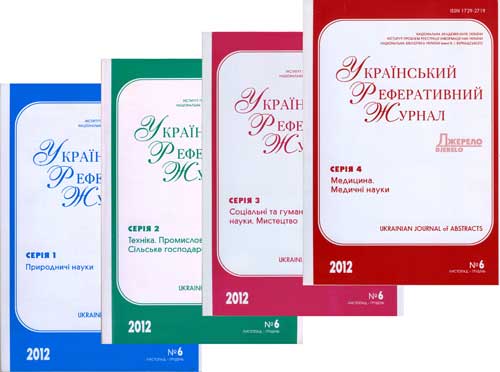РЕФЕРАТИВНА БАЗА ДАНИХ "УКРАЇНІКА НАУКОВА"
Abstract database «Ukrainica Scientific»
Бази даних
Реферативна база даних - результати пошуку
|
|
Пошуковий запит: (<.>ID=REF-0000841979<.>) | |||
|
Загальна кількість знайдених документів : 1 |
|||
Megalingam R. K. Development of a method to harvest mechanical energy to use as an alternative to electrical energy in electric powered rides = Розробка способу збору механічної енергії для використання в якості альтернативи електричній енергії в електричних атракціонах / R. K. Megalingam, B. Sasikumar, D. Raghavan, Sh. R. Raagul Vadivel, S. Makkal Mohandas, S. Kuttankulangara Manoharan // Eastern-Europ. J. of Enterprise Technologies. - 2022. - № 6/7. - С. 54-62. - Бібліогр.: 25 назв. - англ. Mechanical energy harvesting, storage and utilization methods and devices are a little explored area with a potential to replace electrical energy in machines operated with electricity and which is environmentally friendly. Energy harvesting from human actions is an optimistic solution to provide energy supply. There are various methods and techniques that discuss energy harvesting from human actions. The problem is that most of these methods deal with tiny energy output. The object of this study is to design and characterize a flat spiral spring based method to harvest enough mechanical energy, to store and to drive a ride as in an amusement park instead of electricity. A flat spiral spring is specifically designed and fabricated for this purpose. To begin with, a lifesize prototype of the kids' ride using the flat spiral spring is modeled, analyzed, fabricated and implemented on the kids' ride prototype. The stability of the ride is analyzed by modeling the impact of the collision between two kids' rides. Energy is harvested by winding the spring by hands using a handle or by pulling back the kids' ride and is stored in the spring. Experimental results show that the proposed method of harvesting, storing and utilization of mechanical energy can be an alternative to electrical energy in operating high-power machines like kids' rides. An optimum width of 30 mm and a thickness of 1.4 mm for the flat spiral spring are found to help in ease of manufacturability, ease of rotation by human and compactness. The average force required to wind the spring is calculated to be 16,06 N, which is approximately 33 % of the force that can be exerted by a human hand. The stability of the proposed system in case of collision is verified by calculating the roll angle, which is less than 3,83 degrees, which is well below the recommended roll angle limit in case of collision. Індекс рубрикатора НБУВ: О333.2 Рубрики: Шифр НБУВ: Ж24320 Пошук видання у каталогах НБУВ | |||
| Національна бібліотека України імені В. І. Вернадського |
 |
| Відділ наукового формування національних реферативних ресурсів |
 |
| Інститут проблем реєстрації інформації НАН України |
Всі права захищені © Національна бібліотека України імені В. І. Вернадського